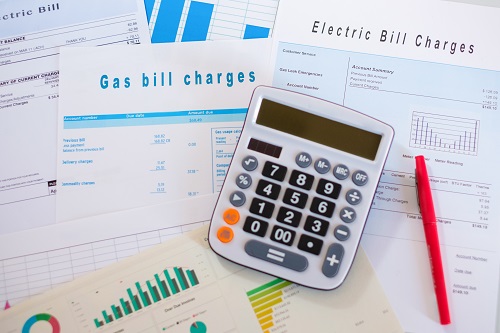What is Creditors Voluntary Liquidation (CVL)?
Creditors Voluntary Liquidation (CVL) is a process that allows a company to be wound up voluntarily by its shareholders and creditors. It is a formal insolvency procedure that is initiated by the directors of a company when they believe that the company can no longer continue to trade profitably. The directors then call a meeting of the shareholders to obtain their approval for the liquidation, and a meeting of the creditors to appoint a liquidator.
The process is called “creditors voluntary liquidation” because it is the creditors who ultimately decide whether the liquidation will go ahead or not. The creditors have the power to appoint the liquidator, who will then take control of the company’s affairs and liquidate its assets. The proceeds from the liquidation are used to pay off the company’s debts to its creditors in a prescribed order of priority.
Process of Creditors Voluntary Liquidation
The process of Creditors Voluntary Liquidation is initiated by the directors of the company. They must hold a meeting of the company’s shareholders to obtain their approval for the liquidation. The shareholders must pass a special resolution authorizing the liquidation and appointing a liquidator.
Once the shareholders have passed the resolution, the directors must call a meeting of the company’s creditors. The meeting must be held within 14 days of the shareholder’s meeting and must be conducted by the liquidator appointed by the shareholders.
At the meeting, the creditors will be provided with a statement of the company’s affairs, which includes details of the company’s assets, liabilities, and creditors. The creditors will then be asked to vote on whether to appoint the liquidator chosen by the shareholders or to appoint their own liquidator.
If the creditors decide to appoint their own liquidator, they must pass a resolution to that effect. Once the liquidator has been appointed, they will take control of the company’s affairs and begin the process of liquidating its assets.
Roles and Responsibilities of Key Parties Involved
The key parties involved in a Creditors Voluntary Liquidation are the directors of the company, the shareholders, the creditors, and the liquidator.
Directors: The directors of the company have a duty to act in the best interests of the company’s shareholders and creditors. They are responsible for initiating the liquidation process and must ensure that the company’s affairs are conducted in an orderly and transparent manner.
Shareholders: The shareholders of the company must pass a special resolution authorizing the liquidation and appointing a liquidator. They have a vested interest in the company and must ensure that the liquidation process is conducted in a fair and transparent manner.
Creditors: The creditors of the company have a right to be paid the money they are owed. They have the power to appoint their own liquidator if they are not satisfied with the liquidator appointed by the shareholders. They must also vote on the liquidator’s fees and expenses.
Liquidator: The liquidator is a licensed insolvency practitioner who is appointed to oversee the liquidation process. Their role is to take control of the company’s affairs, sell its assets, and distribute the proceeds to the creditors in a prescribed order of priority. They must also investigate the conduct of the directors and report any wrongdoing to the relevant authorities.
